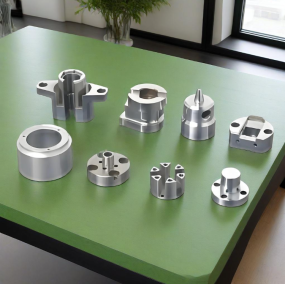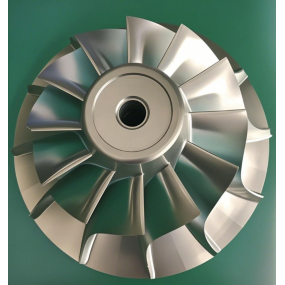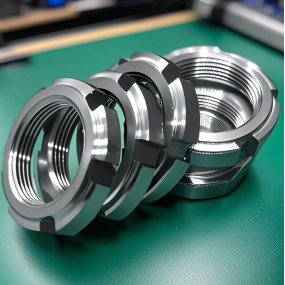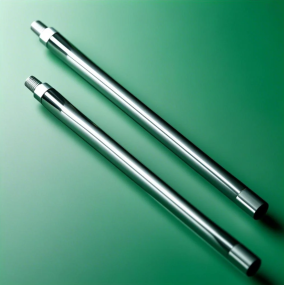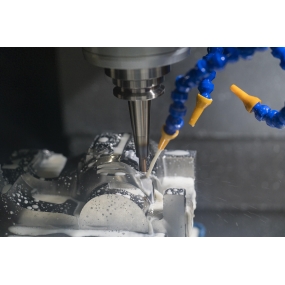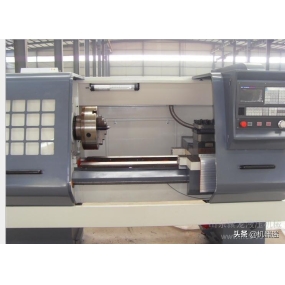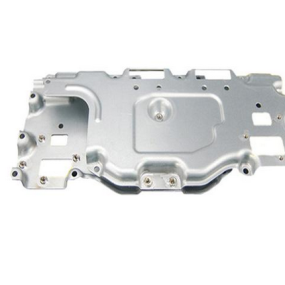Understanding CNC Aluminum Alloy Machining
CNC aluminum alloy machining is a precision manufacturing process that uses computer numerical control (CNC) machines to shape aluminum alloy materials into desired components. As a leading provider in the industry, EMAR Company specializes in delivering high-quality CNC Machining services for various aluminum alloys, including 6061, 7075, and 2024 series.
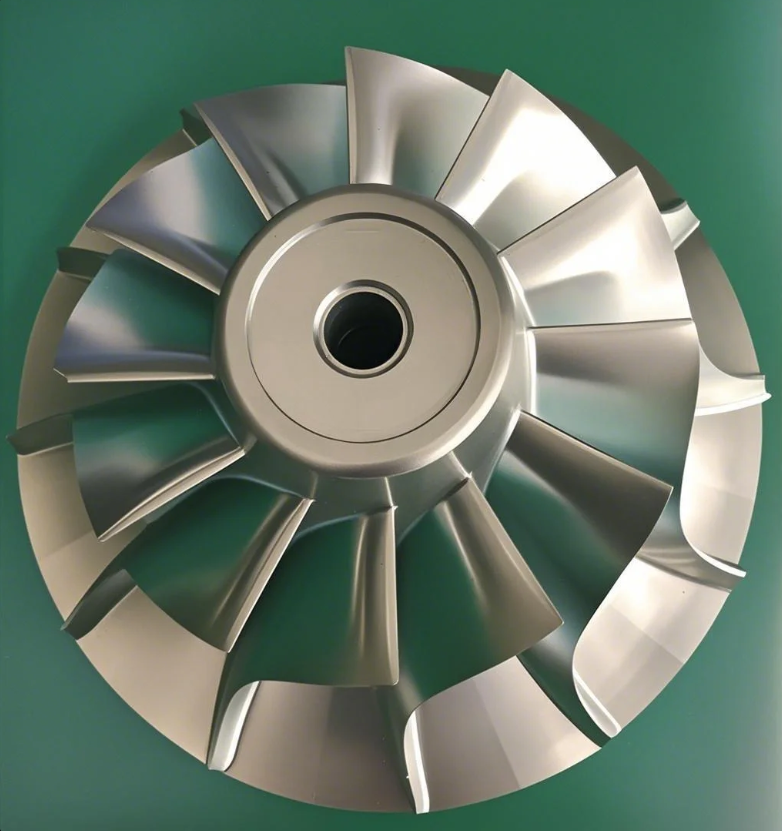
The Advantages of CNC Machining for Aluminum Alloys
Aluminum alloys are widely used in aerospace, automotive, electronics, and other industries due to their excellent strength-to-weight ratio, corrosion resistance, and thermal conductivity. Our CNC machining process ensures precise dimensional accuracy, tight tolerances (up to ±.005mm), and superior surface finishes for aluminum components.
Key Steps in Our CNC Aluminum Machining Process
1. Material Selection: We help clients choose the most suitable aluminum alloy for their specific application requirements.
2. CAD/CAM Programming: Our engineers create optimized tool paths for maximum efficiency and precision.
3. Machining Operations: Including milling, turning, drilling, and tapping with our advanced CNC machines.
4. Quality Inspection: Using CMM and other precision measuring instruments to verify all specifications.
5. Surface Treatment: Optional anodizing, polishing, or powder coating for enhanced durability and appearance.
Why Choose EMAR for Your Aluminum CNC Machining Needs
With years of experience in CNC aluminum alloy machining, EMAR Company offers:
- State-of-the-art CNC machining centers with multi-axis capabilities
- Strict quality control systems certified to ISO 9001 standards
- Fast turnaround times without compromising quality
- Competitive pricing for both prototyping and mass production
- Comprehensive engineering support from design to final production
Applications of CNC Machined Aluminum Parts
Our precision-machined aluminum components serve various industries, including:
- Aerospace structural parts and brackets
- Automotive engine components and housings
- Electronic enclosures and heat sinks
- Medical equipment parts requiring lightweight and sterile surfaces
- Robotics and automation system components


 Spanish
Spanish Arabic
Arabic Portuguese
Portuguese Belarusian
Belarusian Japanese
Japanese Russian
Russian Icelandic
Icelandic Bulgarian
Bulgarian Azerbaijani
Azerbaijani Estonian
Estonian Irish
Irish Polish
Polish Persian
Persian Boolean
Boolean Danish
Danish German
German French
French Filipino
Filipino Finnish
Finnish Korean
Korean Dutch
Dutch Galician
Galician Catalan
Catalan Czech
Czech Croatian
Croatian Latin
Latin Latvian
Latvian Romanian
Romanian Maltese
Maltese Malay
Malay Macedonian
Macedonian Norwegian
Norwegian Swedish
Swedish Serbian
Serbian Slovak
Slovak Slovenian
Slovenian Swahili
Swahili Thai
Thai Turkish
Turkish Welsh
Welsh Urdu
Urdu Ukrainian
Ukrainian Greek
Greek Hungarian
Hungarian Italian
Italian Yiddish
Yiddish Indonesian
Indonesian Vietnamese
Vietnamese Haitian Creole
Haitian Creole Spanish Basque
Spanish Basque

